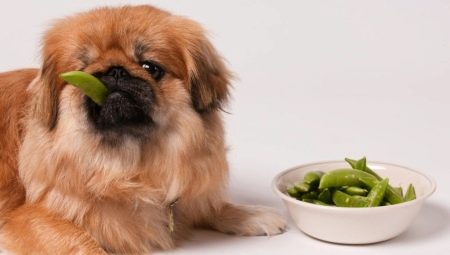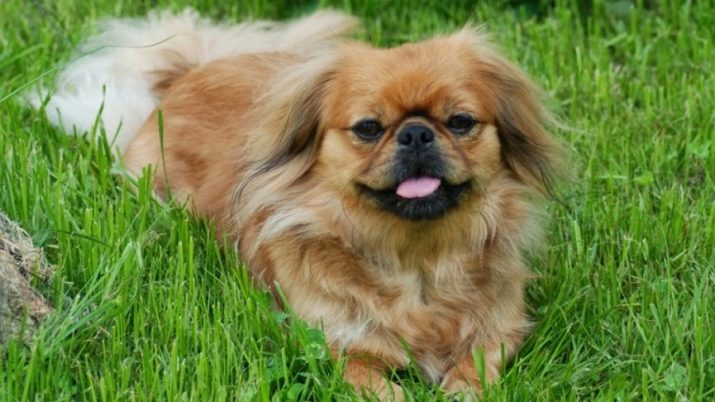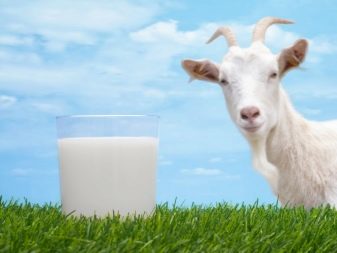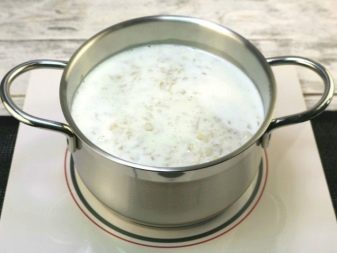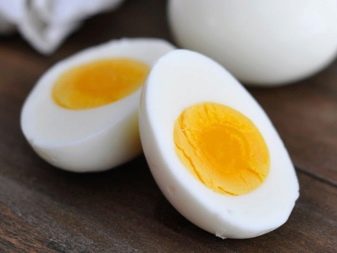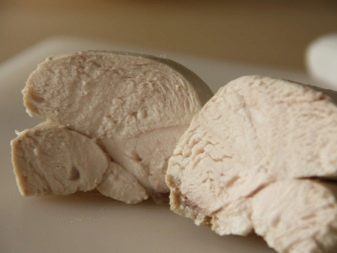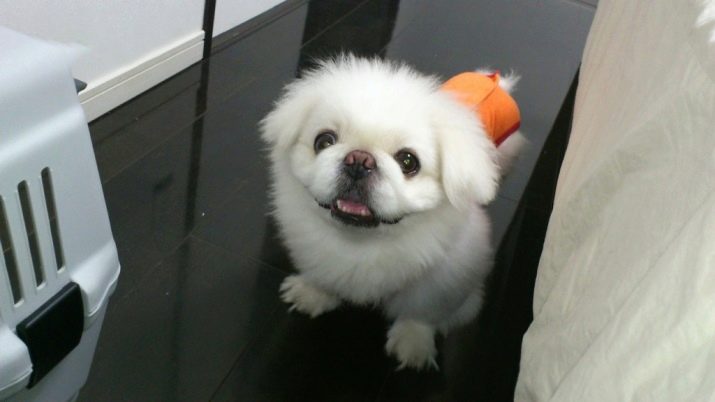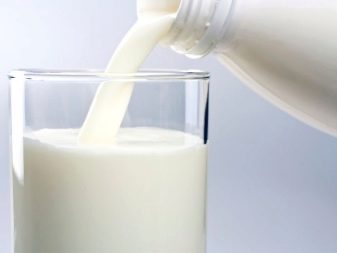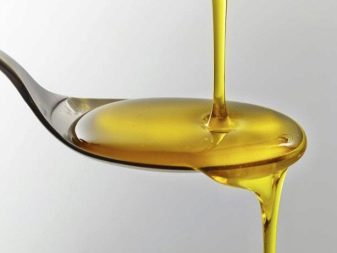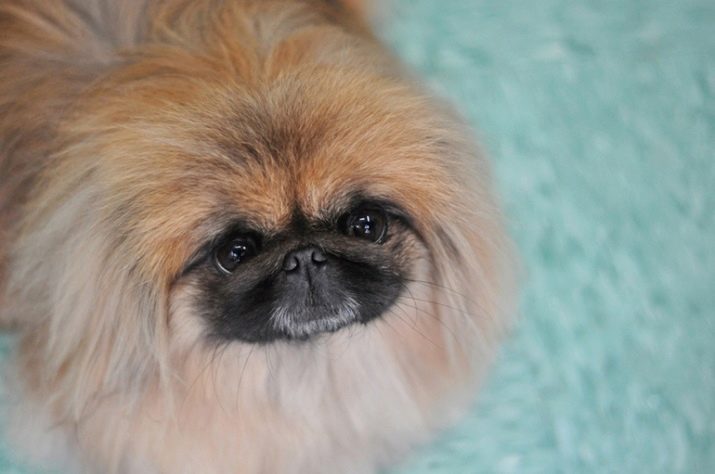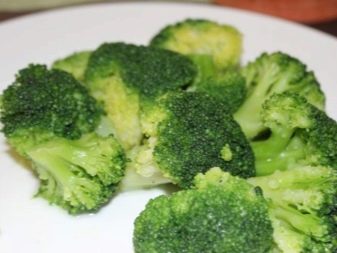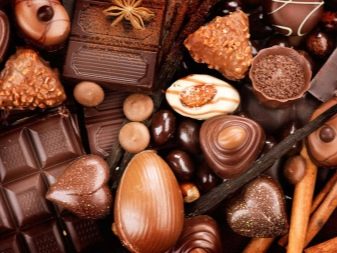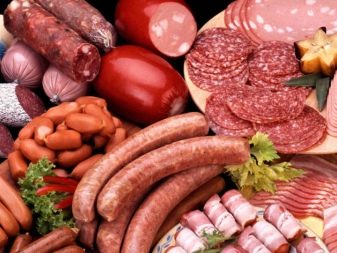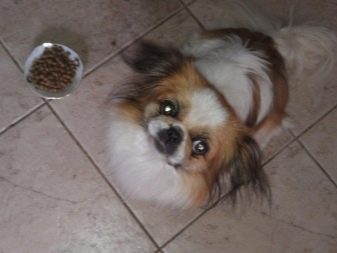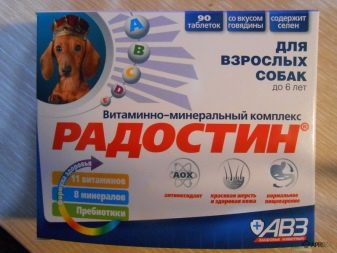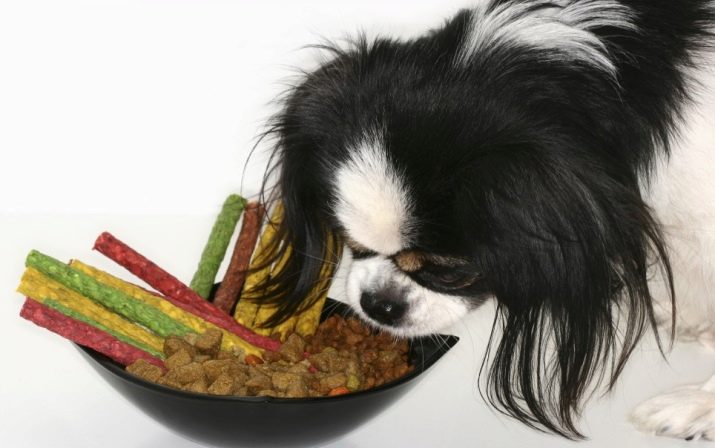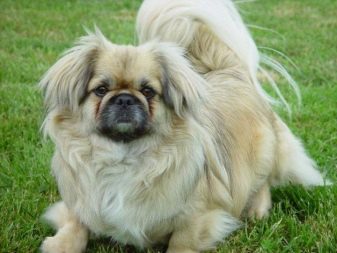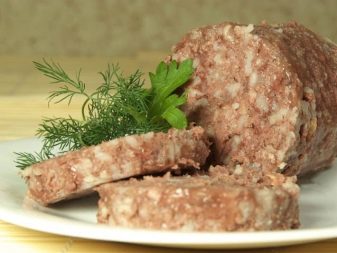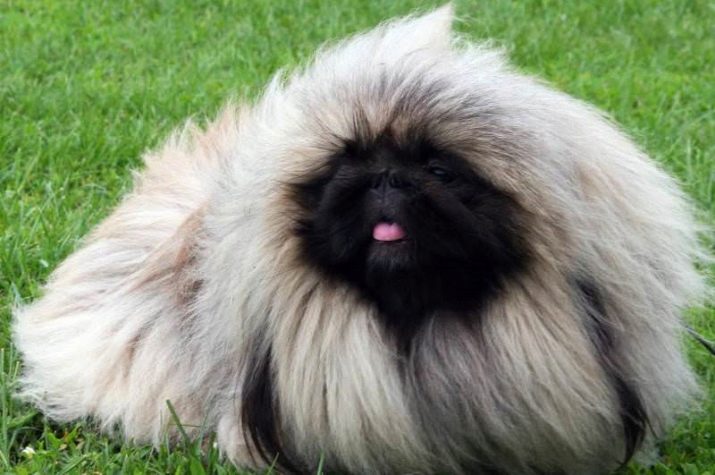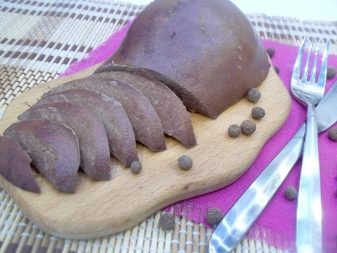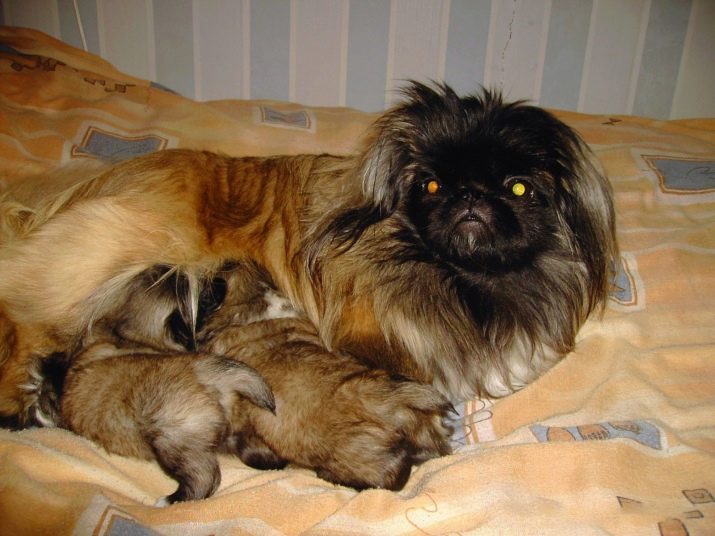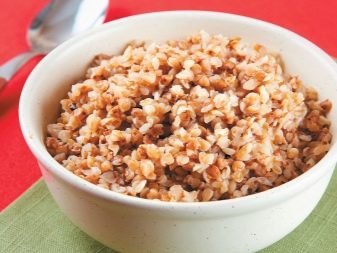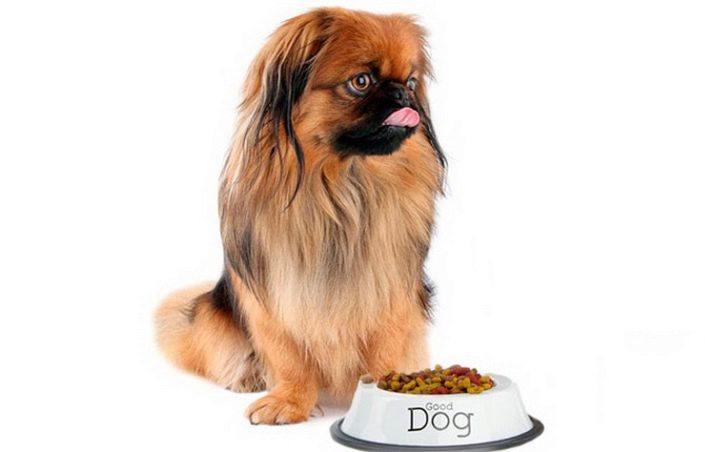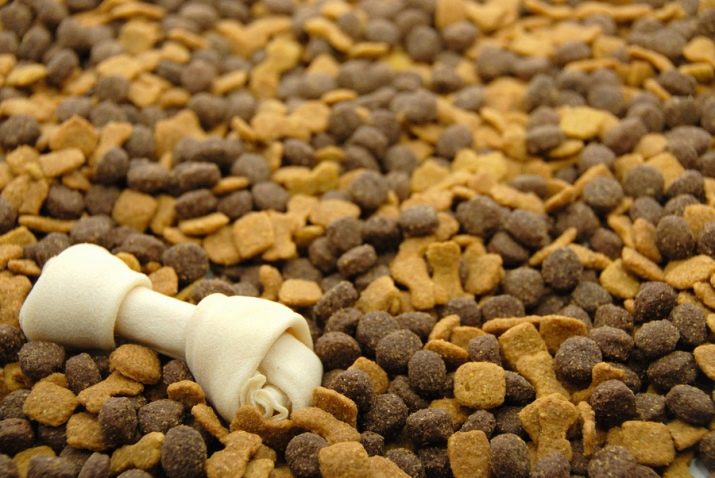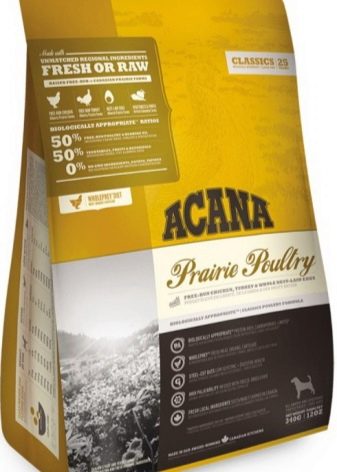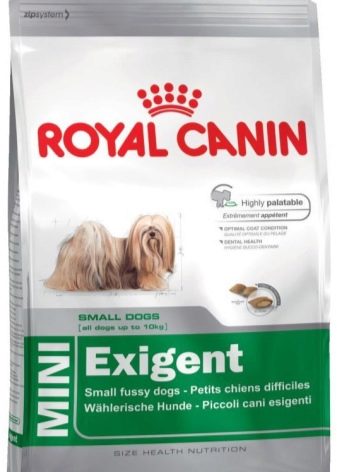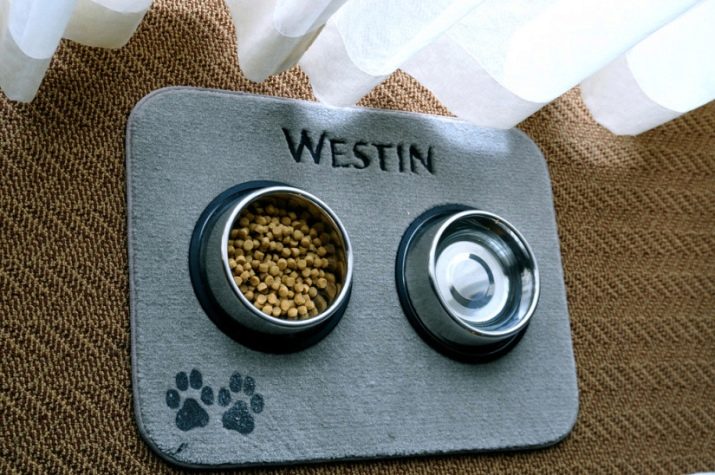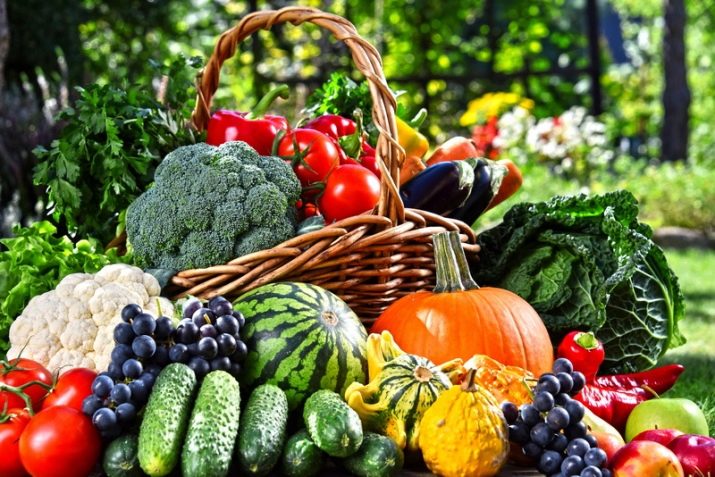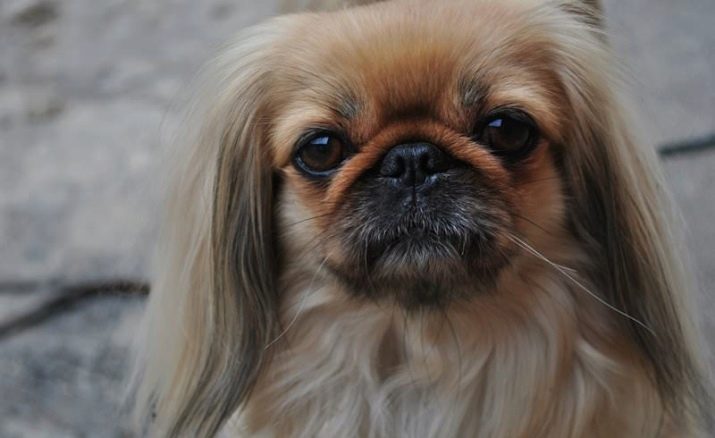The appearance in the house of a small Pekingese is not only joy, but also additional concerns. First of all, they are connected with the organization of its nutrition, which should correspond to the age, individual peculiarities, and also the state of the animal.
What do puppies eat?
The Pekingese, despite their small size, are notable for their excellent appetite. The volume of their food must be controlled from an early age, since dogs of this breed are prone to obesity, which can lead to various complications.
Feeding a little puppy is different from feeding an adult Pekingese. Up to one month of age, puppies feed on mother’s milk, which contains all the necessary nutritional elements. Usually one puppy needs 15-40 g of milk, and the frequency of feeding is determined by the puppies themselves as needed.
If breastfeeding is not possible for any reason, then breast milk can be replaced with goat milk, diluted with boiled water, as well as with special prepared mixtures on goat milk.
When puppies reach one month of age, the diet begins to change. As they grow, their need for food increases, and only breast milk is not enough. At the same time, they are beginning to gradually wean from breastfeeding.
At the age of 1-1.5 months puppies begin to feed. One of the feedings is replaced with liquid milk porridge, cottage cheese, minced meat from low-fat varieties.
Stuffing is possible to replace meat. To do this, with the raw and pre-frozen meat scrape the top layer and heat at room temperature. For the prevention of parasites meat recommended to pour over boiling water. At this age, puppy recommended cottage cheese for baby food, and liquid cereal from rolled oats or crushed rice, diluted with milk.
At the age of two months in the diet is added minced boiled meat, lactic acid products (kefir), boiled vegetables (carrots, cauliflower, zucchini). The daily amount of food is also increasing: it is about 180 g. You can feed small Pekingese and canned food for puppies of small breeds.
New food is given with an interval of several days in order to control the puppy's body reaction to an unusual food. The daily menu of two-month puppies may consist of the following products:
- cottage cheese diluted with milk - 80 g;
- liquid milk rice or buckwheat porridge - 150 g;
- chopped lean meat - 70 g
At three months of age, puppies are separated from their mother and they change their place of residence. At first (about 2 weeks), the new owners should not change the pet's food, keeping the previous menu. But puppies already need more variety, therefore new foods are gradually included in their diet.
Puppies are added to the menu yolk of boiled or raw eggs, as well as chicken meat. During this period, the percentage of meat increases and is approximately 50-70%. This month, the third feeding is gradually excluded, and the portions increase by approximately 30 g.
For 4-month-old Pekingese, the sample menu for the day might be:
- porridge (80 g), milk (20 g);
- boiled chicken or turkey meat without skin (70 g);
- boiled in water or broth rice porridge, yolk;
- low-fat minced boiled meat (70 g).
In the period from 4 to 6 months, small Pekingese priorities are formed for certain products. The younger puppy eats with pleasure and quite a lot.He needs a large amount of fermented milk products (kefir, ryazhenka, natural yogurt, yogurt), cottage cheese, lean meat in the raw and cooked form, boiled offal (liver, kidney, heart), boiled flesh (boneless) of white sea fish.
You can diversify the menu with cereal porridge, vegetables. During this period, it is also possible to gradually transfer the animal to dry food, which is previously softened in water. In this form, it gives up to 7-8 months of age. Only after 8 months, when the change of teeth is completely completed, it is possible to combine dry food and soaked in a ratio of 1: 3.
Upon reaching 5 months, exclude another (fourth) feeding, increasing one-time portions by another 20-30 g.
From 6 months of age, the grown-up pet can already be given the same products as an adult dog. Milk is left in the diet, if the puppy is well absorbed. It is allowed to treat it with fruit, but not very sweet and juicy. At this age, the daily menu might be:
- first feeding - milk or kefir (40 g) and any porridge (100 g);
- second feeding - cut any meat into small pieces (100 g), porridge (70 g);
- third feeding - meat (90 g), porridge (50 g), vegetables (50 g) and fish oil (0.5 teaspoon).
In the following months, the pet is fed, adhering to the same diet, and by the 9th month it is necessary to give up one more feed and switch to two meals. At this time, the daily diet may consist of:
- fermented milk products (100 g), bread and butter (1 slice), any porridge (70 g) and fish oil (0.5 hl) - the first feeding;
- any meat (100 g), porridge (70 g), vegetables (70 g) and fish oil (0.5 teaspoon) - second feeding.
The age of puppies directly affects the frequency of their daily feeding:
- 1-3 monthly puppies are fed 5 or 6 times a day;
- in 4 months - 4 times;
- at 5-8 months of age already 3 times;
- From 9-10 months they begin to gradually transfer to two meals a day, like in an adult dog.
The proper diet of adult dogs
A special feature of Pekingese dogs is their small size. However, this does not mean that their diet should be less nutritious. Pekingese, like dogs of other breeds, requires a whole range of proteins and fats, carbohydrates and trace elements, as well as vitamins. Protein is required for the formation of muscle tissue, for regulating the work of the cardiovascular activity, the muscular system and strengthening the immune system.
Carbohydrates are the main source of energy, and fats are necessary to ensure the correct balance of hormones and affect the quality of the coat. Vitamins and trace elements are needed for the normal operation of various systems and organs.
First of all, it should be noted that they eat and love Pekingese. They are happy to use these products:
- any types of meat and poultry (veal and rabbit, beef, chicken and turkey);
- cooked offal (kidney and heart, liver and lung);
- boiled sea fish;
- raw minced meat from lean meat;
- cottage cheese, milk and eggs;
- cereal porridge (oatmeal, rice, buckwheat, millet);
- vegetables as boiled and raw (zucchini and broccoli, cauliflower, beets and carrots);
- fruits (apples, pears, apricots, peaches) and greens (lettuce, germinated oats and wheat).
The Pekingese are big food lovers, they will never give up eating. It must be borne in mind that not every product can be given to them. Pekingese banned such products.
- Any beans and potatoes, as they contribute to the increased formation of gases in the intestines.
- Fatty lamb and pork - the stomach of the animal does not digest such meat, which can cause problems in its work. This also applies to any other fatty foods.
- Pastry shops (chocolate, sweets) and sweet flour products. They can be replaced by not very sweet fruit.
- Smoked meats, sausages, because they contain dyes, spices, salt, preservatives, which can cause allergies in dogs.
- Mushrooms, soybeans and products containing it.
- Also, you can not feed your pet grapes (raisins), citrus, cocoa and coffee, semolina.
It is also important to note the peculiarities of feeding an adult pet at home. They consist in observance of these rules.
- The Pekingese is fed twice a day and preferably at the same time.
- The place where the dog eats should be permanent and unchanged. Water should always be fresh and accessible to the dog.
- You can not force Pekingese to eat, if he does not want, it is better to postpone feeding to the next time.
- Food should also always be freshly prepared and warm, not cold or hot, since such food can harm the pet's digestion.
- It is not recommended to offer Pekingese liquid soup, since it is difficult for them to eat it because of the physiological structure of the muzzle.
- Salt food is also undesirable, especially for meat. Salt other food can only be in very small quantities.
- The main part of the diet should be meat and by-products (50%), and the other half consists of cereals with vegetables.
- You can not often treat a pet treats, otherwise the dog will get used to them and will not eat the usual food.
- Periodically pekingese give special complex vitamins.
- The volume of the daily ration is determined in this way: for one kilogram of the weight of the animal, 70 g of food fall. So, with a weight of 5 kg, a dog should eat 350 g of feed per day.
The nutrition of an adult Pekingese can be natural, dry food and mixed. Natural feeding is the daily compilation of the menu and the preparation of food from various natural products. It is supplemented with vitamin complexes for the Pekingese.
The peculiarity of dry feeds is that they already include all the necessary nutrients, including vitamins.. Mixed feeding involves the alternation of natural food and dry feed.
When feeding the Pekingese in kind, it is necessary to observe the following proportions of his daily diet: meat and offal - from 50 to 70%, cereal porridge - from 15 to 40%, vegetables - from 15 to 25% of the total food.
The ratio of protein to vegetable feed should be 2: 1. The source of protein is various types of meat, fish, dairy products and eggs, and vegetable food is represented by various cereals, vegetables and fruits, greens and vegetable oil.
Adult Pekingese can offer this menu for the day: meat (veal, chicken), boiled offal (liver, heart) - 70-100 g, cottage cheese - 40 g, rice or other porridge - 50 g, vegetables - from 10 to 40 g. This daily rate is divided into 2 parts and fed 2 times a day.
Canned food can be made from natural products. Any meat (beef or poultry) should be scrolled in a meat grinder into mince, combined with vegetables (fresh cucumber, zucchini, carrots or pumpkin), cut very finely, add fish oil, yeast (feed), bone meal and vitamin complex. The mixture is divided into individual portions and placed in the freezer. If necessary, ready-made canned food is thawed, and then cereal porridge is added to them.
When composing the diet for your pet, you should also take into account the individual characteristics of his body (temperament, degree of mobility and activity), as well as the peculiarities of the metabolic processes, and adjust his dietary norms in accordance with them. If the dog has lost weight (and this is not related to the disease), then the volume of the norm should be slightly increased, and if the pet is getting fat, then, conversely, decrease.
Eating Pekingese during pregnancy and after childbirth is also important. When feeding a dog with dry food, it is not necessary to convert it to natural feeding while carrying puppies. It should only replace the usual feed on a special for pregnant Pekingese. However, experts advise at this time. Feed the dog a small amount of natural food.
In the first half of the pregnancy, the dog does not show any special changes in needs. Therefore, it usually does not change its mode of nutrition.Intensive growth of puppies started from the fourth week. Since that time, the volume of a single portion becomes more about 15% every week.
By the end of the second half of pregnancy, the daily allowance of a pet increases one and a half times. At the same time, the frequency of feeding is also increased: first, 3 times, and by the end of pregnancy, 4 times a day.
A pregnant dog should receive a large amount of protein, calcium and vitamins. Every 100 g of food should include: proteins - 22 g, fat - 5 g, calcium - 0.6 g, and a complex of vitamins A, B, D and E.
With natural feeding, meat products (veal, rabbit, fresh scar) occupy a large amount in the diet and are supplemented with boiled liver, heart and other by-products that are given 2-3 times a week. It is useful to feed a pregnant dog with fruits (apples, pears), pumpkin, vegetables (zucchini, carrots).
After giving birth, the Pekingese diet will change. A nursing dog is given food about 7 times a day. The food must first be crushed to a slurry, stirring the meat with vegetables. It is desirable to feed her during this period with chicken, boiled liver and heart. It is not recommended to give fresh vegetables, they must be boiled beforehand.
First, the nursing dog is given food often, but in small portions. Gradually, the frequency of feeding is reduced to 5 times a day, and only a month later the dog can be transferred to the normal mode of feeding.
Pekingese usually live from 12 to 15 years. 8-year-old dogs are considered older. They need a reduced calorie diet, so the protein component in the diet decreases. The basis of the diet are cereals.
For better intestinal motility, it is necessary to add more vegetable and fruit fiber to them. Older Pekingese often have problems with their teeth. In this case, natural food should be crushed, and soaked dry food before feeding with fermented milk products or water.
The volume of the daily diet should also be reduced, and the frequency of feeding increased to 4-5 times per day.
Fractional nutrition contributes to easier digestion of food and its better assimilation.
How to choose a feed?
You can feed the Pekingese not only with natural food, but also with ready-made dry food. The advantages of this type of food is as follows:
- dry food is properly balanced and contains all the necessary nutritional elements and vitamins;
- no need to cook and waste time;
- it does not spoil, it is convenient to take it with you on trips;
- no need to calculate the quantitative content of proteins, fats, carbohydrates and daily intake: it is indicated on the package.
When feeding Pekingese dry food you need to follow these rules.
- To feed a dog you need only one type of food, not mixing it with others and not changing it. Sharp change of one type of food to another can cause allergies and digestive disorders.
- When feeding with such food, you must take into account the breed of the dog, its age and the degree of activity.
- Puppies can only be fed feed, pre-soaked. For this you can use kefir, ryazhenka or just water. It is strictly forbidden to use boiling water and milk.
You can not additionally include in the diet vitamin complexes, as the finished feed already contains all the necessary vitamins.
Feeding puppies with dry food should also be carried out correctly:
- adhere to the recommended packaging guidelines;
- up to two months of age you need to feed dry food 5 or 6 times a day, from 2 to 4 months - from 3 to 4 times;
- the transition to dry food should be carried out gradually, it should be given only previously soaked;
- It is necessary to provide puppies with constant and unlimited access to fresh water.
All dry food is divided into such classes.
- Economy - this type of food is made mainly of legumes, contains a lot of salt and does not contain vitamins. This feed is of poor quality, which is not recommended to the Pekingese.
- Premium and Super Premium - These types of finished feed are of high quality and quite suitable for the Pekingese.
- Holistic - These foods are for dogs with various diseases.
For the Pekingese, you need to buy food intended for dogs of long-haired breeds. In addition, it should be remembered that this breed is predisposed to allergies, so it is better to buy super premium class feed. They are characterized by a high content of meat component (50-80%), vegetable, berry and herbal additives.
Among the popular types of Pekingese food suitable Acana, Piccolo, Belcando, Orijen, Pronature, Now Natural holistic, Golden Eagle. Among premium feeds, feed grade is recommended. Royal canin, Hapy Dog, Hills. The range of dry food is very large, some of them are universal, designed for any breed.
There are feeds for sterilized animals, for puppies and adults, for the elderly, for pregnant women, and also for obese dogs.
Pekingese can not be fed food like "Active" and "Sport", because these types are designed for dogs of high activity. In the sedentary Pekingese, such varieties will only cause weight gain.
When choosing a finished feed, you need to pay attention to such factors.
- You need to choose only high-quality food, excluding products of the class economy.
- The composition of the feed is very important. Proteins should be presented not by-products, but meat, carbohydrates - oatmeal and rice, but not potatoes or wheat. In the feed must contain fiber and the necessary daily amount of trace elements and vitamins.
- Food must be selected in accordance with the age of the Pekingese. For puppies of different ages there are certain types - food for puppies up to one month, from 1 to 3 months, up to 6 months.
- For pets with any disease, you need to choose specialized feed.
The main condition for feeding dry food is to provide the dog with plenty of drink in constant access. In addition to dry food, there are other types of finished food: semi-moist - canned meat with vegetables and cereals, as well as pastes; moist - various stews with slices of meat in a sauce. Apply them mainly for treats in the form of treats.
Recommendations of specialists
Veterinarians and breeders with extensive experience in breeding Pekingese give such recommendations.
- During the period when the puppy changes the children's undercoat for adult wool, it is necessary to include in the diet, in addition to fish, algae and clams. However, we must remember that at an earlier age (up to 6-8 months) they can not be given.
- To provide your pet with vitamin C, it is helpful to include parsley and lettuce in the diet.
- Whatever the type of feeding the dog, it can not be overfed. Excessive weight will lead to disruption of the heart, affect the function of the stomach, cause shortness of breath. If you are overweight, you should reduce the volume of servings, as well as include more vegetables.
- Veterinarians are advised not to feed buckwheat porridge too often, as this can provoke the occurrence of urolithiasis.
- It is not recommended to feed the Pekingese mintai. It contains elements that can harm the health of the animal.
- If the Pekingese did not eat all the food, then he ate. The feeder must be removed before the next feeding. This will protect the pet from overeating.
- When feeding Pekingese with ready-made food, fresh vegetables and fruits can be given as a delicacy, but their volume should not be higher than 20% of the total daily norm of dry food.
The owner himself must decide what type of food to choose for the pet. The main indicator that a dog eats properly and its diet meets all the requirements is the state of Pekingese. If he is cheerful and active, the wool shines, then the food is organized properly.
With the wrong diet, there are some changes in the appearance of the pet: the wool loses shine and becomes dull and even falls out, the dog walks lazily and hard, gains weight or it has signs of allergy in the form of "weeping" eyes.In this case, it is necessary to consult a veterinarian and the appointment of a special diet.
Not only the pet's health, but also its lifespan depends on proper nutrition.
About the Pekingese diet in the next video.
